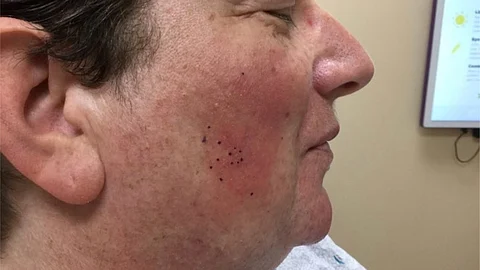Cutaneous lupus erythematosus (CLE), a common manifestation of systemic lupus erythematosus (SLE), is characterized by rashes, hair loss, and scarring caused by immune system-driven inflammation. While standard treatments include immunosuppressants and biologic drugs, patients with SLE often seek alternatives due to the burden of multiple medications.
A new study led by Dr. J. Michelle Kahlenberg, a professor at the University of Michigan Health, has explored the potential of a topical antibiotic, mupirocin, as an innovative treatment for CLE. This research builds on Kahlenberg’s previous discovery that rashes in CLE patients are often colonized by Staphylococcus aureus (staph), a skin bacterium that exacerbates inflammation.
In the trial, patients with active CLE flares were treated with mupirocin or petrolatum jelly (as a control). Samples from their nose and skin lesions were analyzed before and after treatment to evaluate bacterial abundance and inflammatory markers. Results revealed a significant reduction in lesional staph in patients treated with mupirocin. This bacterial decrease correlated with lower inflammatory signals, including a reduction in interferon-driven gene expression and skin monocytes both critical drivers of CLE.


